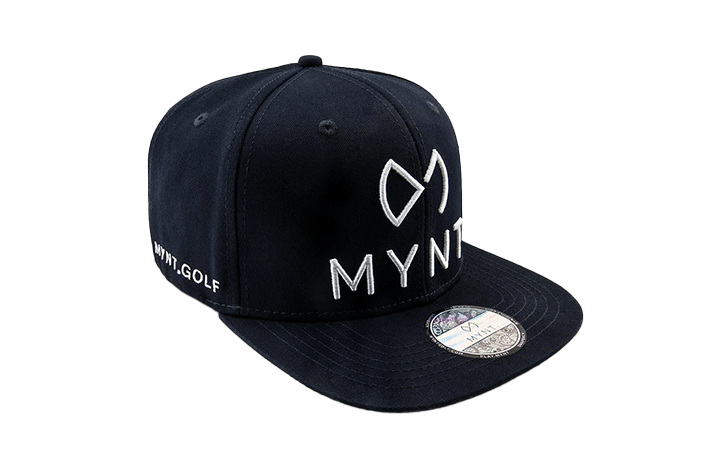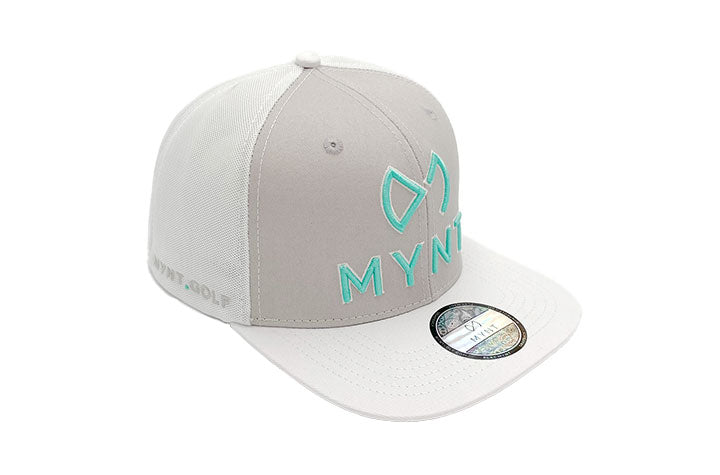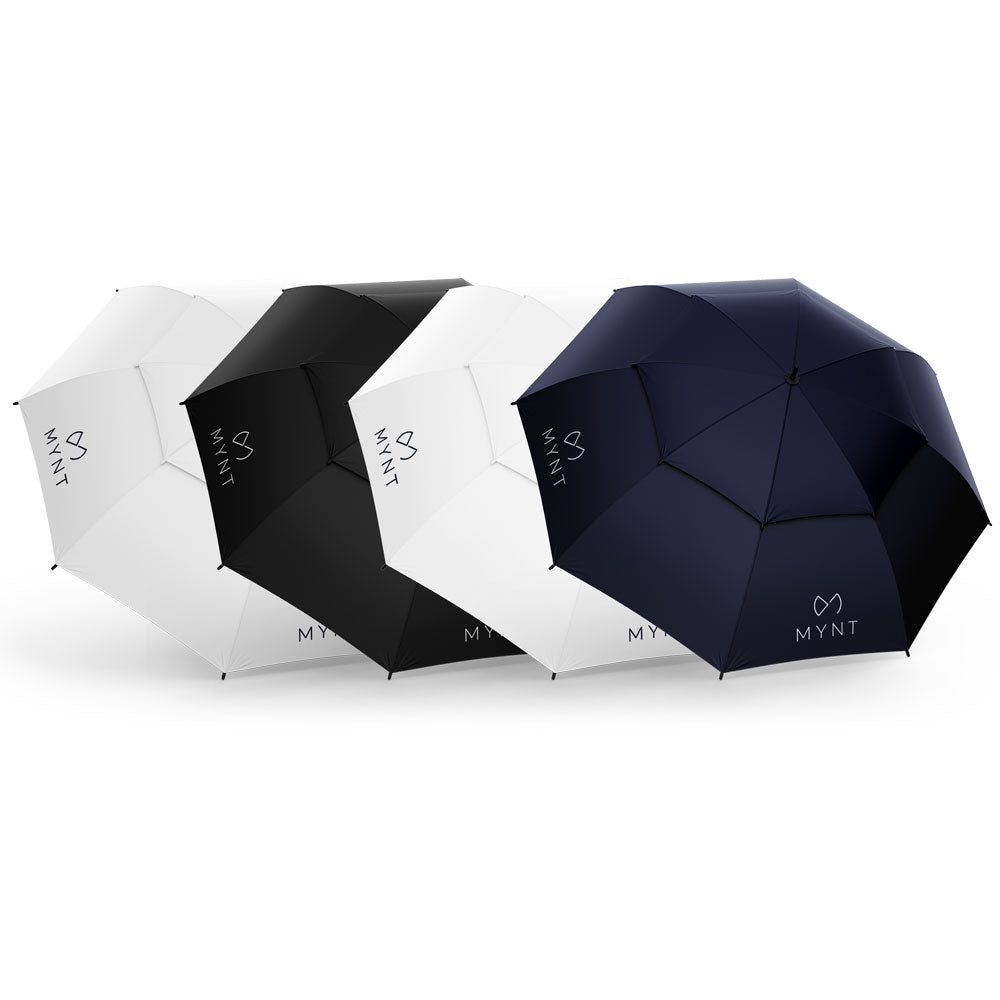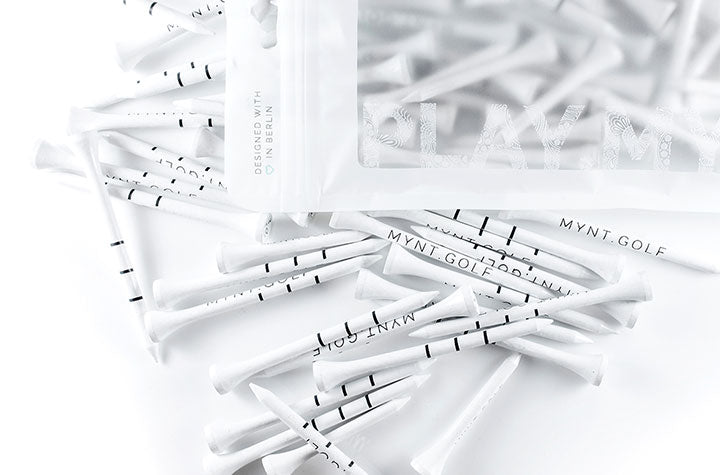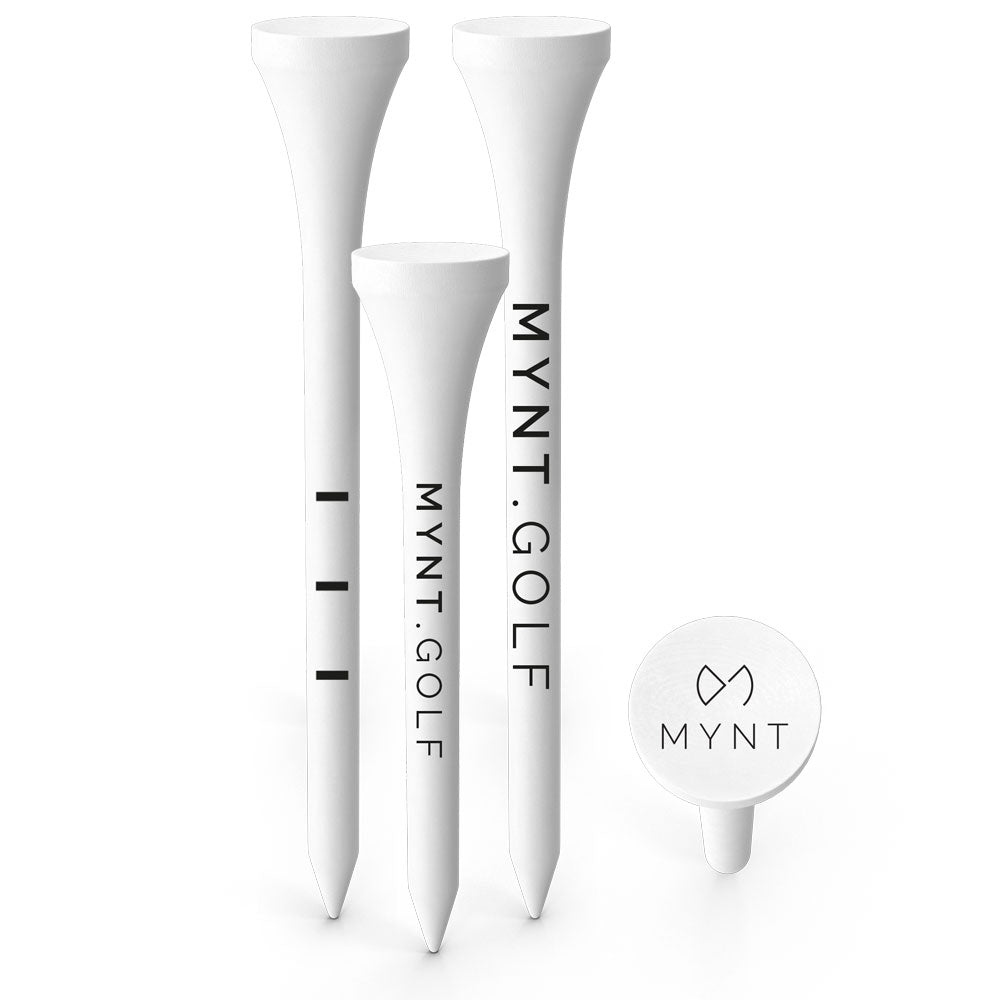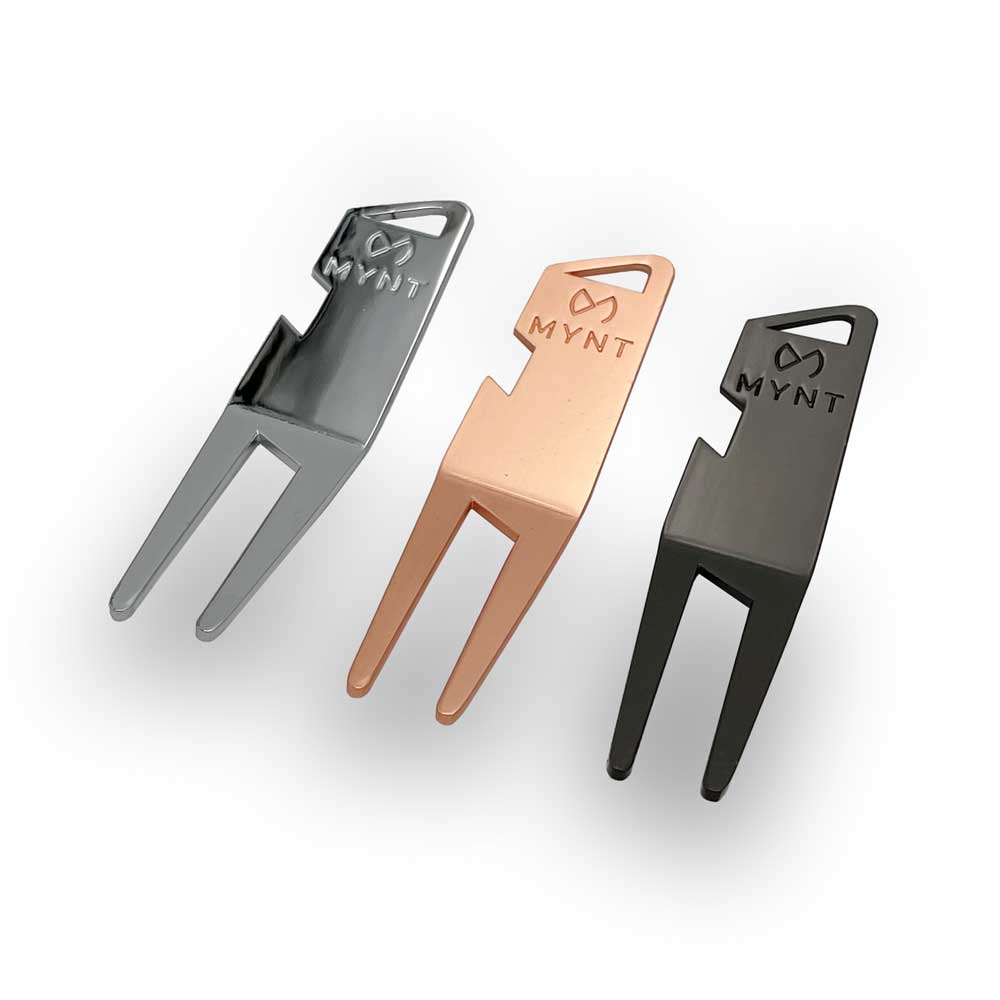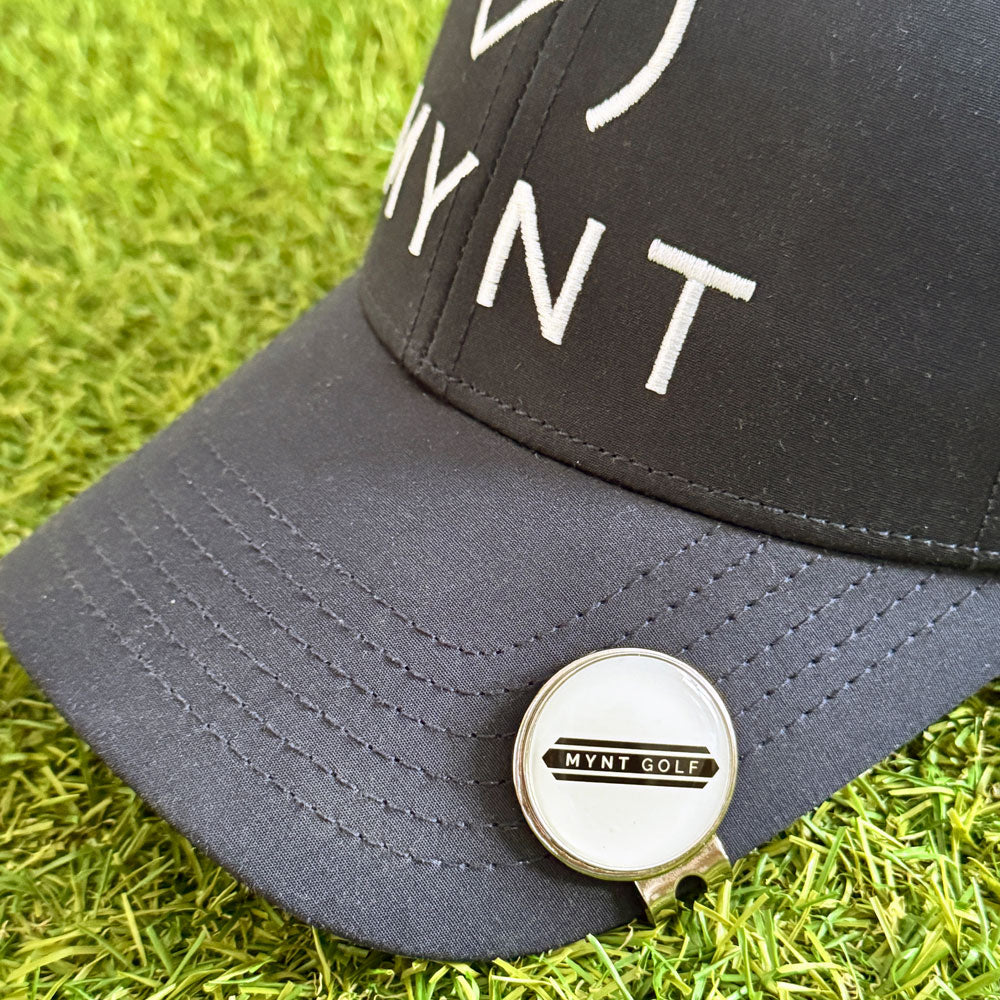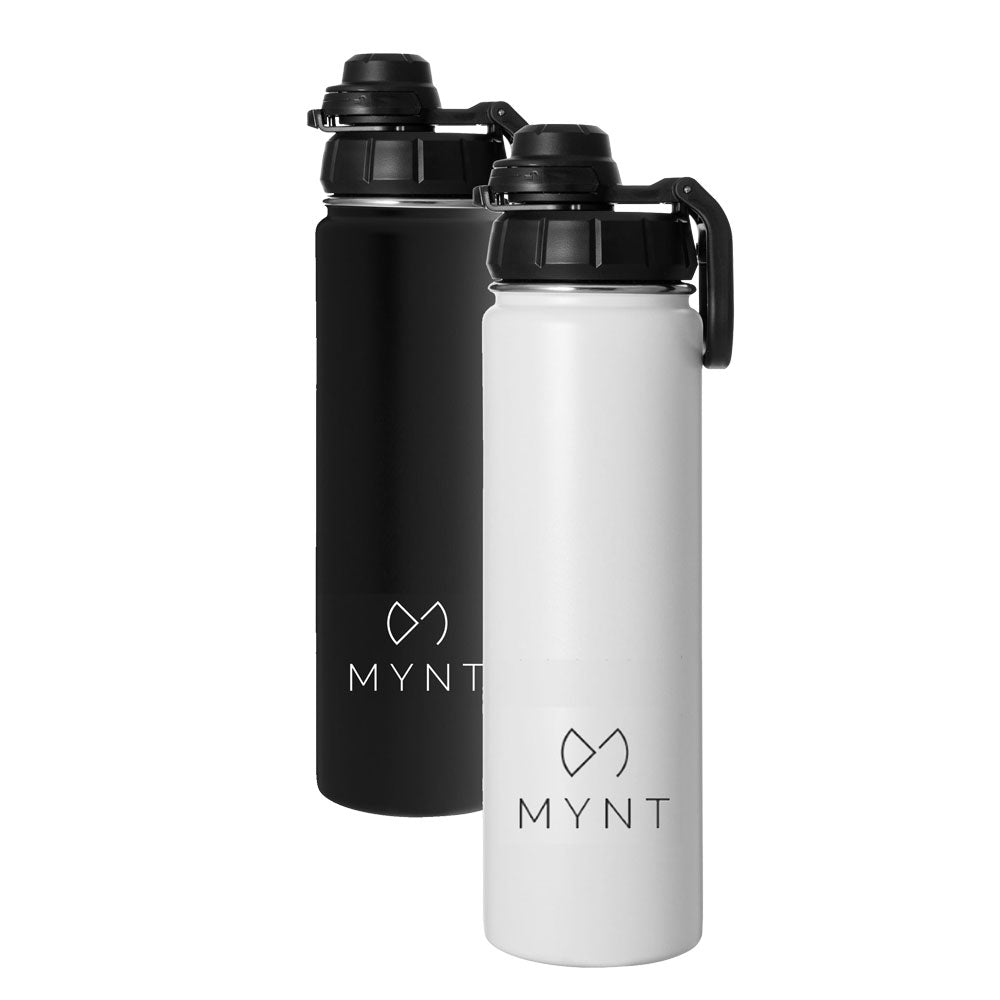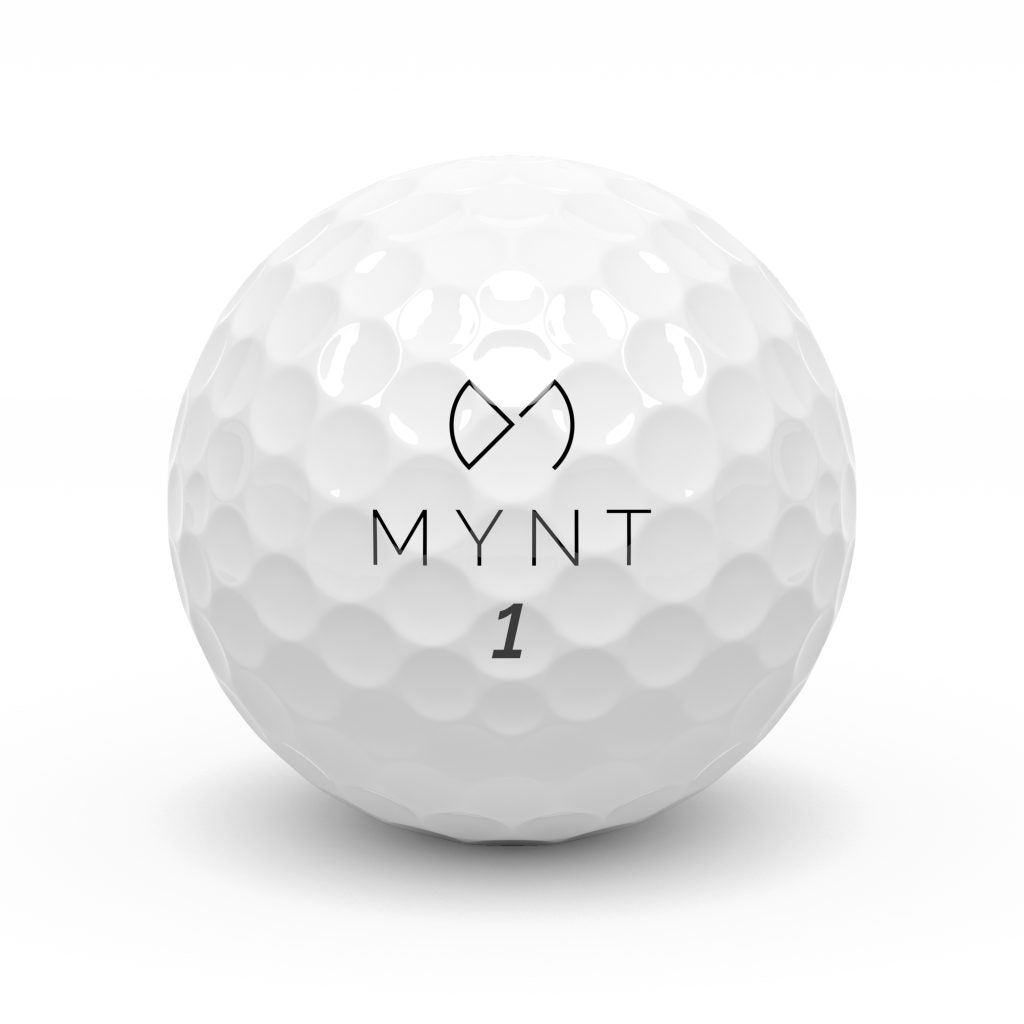The golf ball in detail
Find out all about the golf ball here!
Playing golf is a combination of movement, nature and equipment. The latter is an important part of every golfer's game and should be chosen carefully. Alongside the right clubs, the golf ball is one of the components that will characterise your game. We give you some helpful background information on golf balls.
Important information about golf balls
From a purely external point of view, there are no major differences between all the golf balls. Only the colour is sometimes different. In addition to the tried and tested white balls, there are now golf balls in a wide variety of colours, such as yellow, orange, pink and green.
But the real difference is inside each ball. This is where golf balls differ from one another in terms of their structure. While the simplest balls consist of just one homogeneous mass, there are also golf balls with several layers. The golf market offers 2-piece, 3-piece and 4-piece balls.
One of the most important properties of the golf ball is spin. There are three simple formulae to remember:
low spin = straight and wide
medium spin = good distance with good feel for the ball
a lot of spin = prevents wide roll-out = better control
Another indicator of flight behaviour is the hardness of a golf ball. The harder the balls are, the more explosive and further they fly. The medium-hard golf balls are a compromise between the explosiveness of the hard golf balls and the sensitive golf game of the soft golf balls.
How are golf balls constructed?
In addition to the simplest golf balls (1-piece), there are a variety of balls with several layers. The multi-layer golf balls usually consist of the shell, the cover and the core.
Multi-column

1-piece golf ball
These golf balls are the simplest variant. They are generally used as practice balls on the driving range. This is partly due to the fact that these 1-piece balls are very inexpensive and have an extremely long service life. Due to the strong deformation when hitting the ball, which reduces the impact energy considerably, the golfer loses distance.
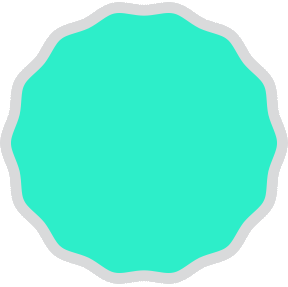
2-piece golf ball
The components of this 2-piece ball are the core and the shell. The core is usually made of rubber. The cover, on the other hand, is often made from hard-wearing Surlyn. In addition to their durability, these golf balls can be used to achieve great distances, whereby ball control takes a back seat.
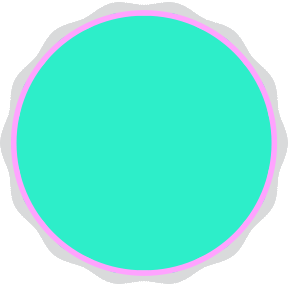
3-piece golf ball
The 3-piece golf ball consisting of three components is suitable for ambitious golfers with a low to medium HCP and is in the medium to high price segment. The cover is generally a little softer than the cheaper models, which means that the durability suffers somewhat, but leads to better control.
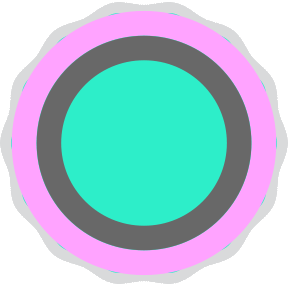
4-piece golf ball
The development of golf balls is constantly being improved and made more scientific. As a result, so-called multilayer golf balls are being created and represent a further development of the tried and tested 3-piece balls. The combination of different materials leads to positive results in terms of flight behaviour and ball control. Due to the special production process, these balls are significantly more expensive and are suitable for very good players through to professionals.
Other important features of golf balls
The standard diameter of a golf ball is around 42.7 millimetres and usually weighs around 46 grams.
In the early days of golf, the surface of a golf ball was carved by hand, but development has led to the creation of dimples (small indentations). These lead to optimised aerodynamics and therefore longer and more stable trajectories. As a result, professionals can now hit balls over 300 metres.
The hardness of a golf ball is an indicator of the degree of compression. This refers to the extent to which a golf ball can deform and is therefore able to absorb part of the impact energy. The compression is responsible for the feel of the ball. Nowadays, ball compressions vary between 50 and 100. The lower the compression, the softer the ball and the feel.
What are Lakeballs and X-Out balls?
These types of golf ball are very inexpensive balls. Lake balls are, as the name suggests, used golf balls that are fished out of the ponds and lakes on golf courses. Unfortunately, these golf balls are subject to damage due to the time spent in the water. The outer casing and also the inside of the golf ball may have been affected. As a result, the ball's flight characteristics are extremely limited.
The X-Out golf balls have minor production defects and are usually sold at a lower price as B-goods. Even with these golf balls, these defects can lead to unwanted impairments when playing golf.





